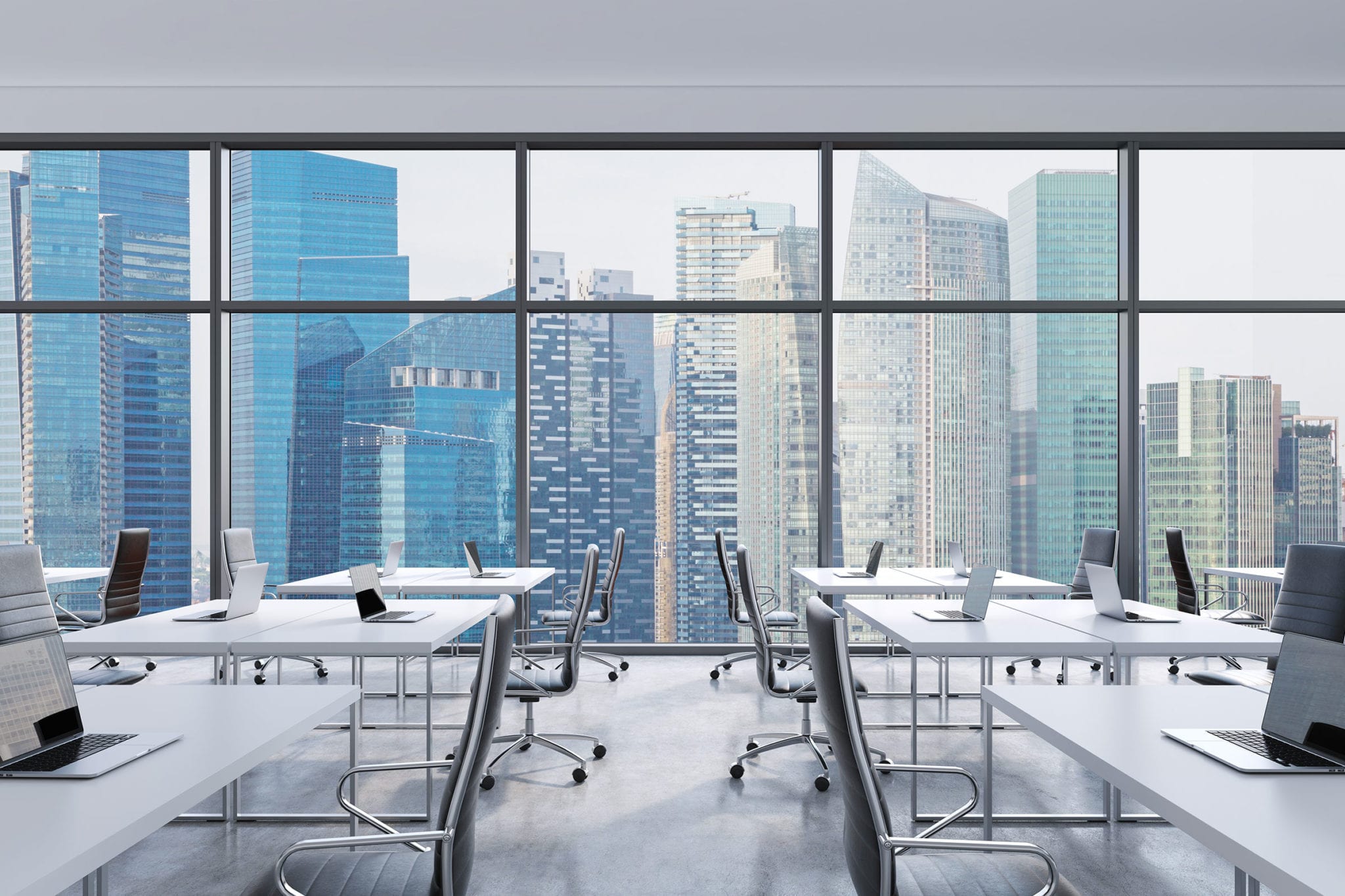Design trends for modern offices predominantly revolve around the health and wellbeing of employees. The design and layout of the workplace environment has a significant impact on mental and physical health and helps to maximize performance.
Health and wellbeing in the workplace have progressed from the creature comforts of ergonomic furniture. Workplace designs have evolved to encapsulate the day-to-day activities and include elements that boost motivation, contentment, and productivity.
Remote Workspaces
A report published by Deloitte recommends firms to move away from fixed desks and install appropriate work stations around the office in order to give employees great freedom of choice and improve efficiency.
Subsequently, the days of the traditional open-plan office are coming to an end. Leading designers like Office Principles are creating remote areas that encourage employees to move around the office when performing specific tasks.
Private rooms are being installed for when individuals need to focus. Quiet rooms that are isolated from the rest of the office improves workplace performance because the senses are not distracted by everything else that is happening around you.
Collaborative Areas
The initiative to install flexible workspaces around an office also calls for areas that encourage employees to collaborate. As a result, designers are fashioning a variety of spaces that enable employees to interact on a number of levels.
Collaborative spaces include formal and informal meeting spaces such as bars and cafes in appropriate locations around the office building, designated meeting rooms or intimate areas furnished with cozy settees, hammocks, and bean bags.
Recreational Work Settings
Recreational areas are becoming an increasingly growing trend in offices around the UK – especially with tech companies. Wacky ideas range from computer games, pool table, foosball, table tennis and even giant slides from one floor to the next (Redbull HQ).
The purpose of recreational areas is to encourage employees to take a break from their work and allow their minds to rest. It’s during these rest periods that people have their best ideas.
Some recreational settings also encourage movement to keep people energized and active – a more appropriate response to the body’s musculoskeletal needs that an ergonomic chair.
Biophilic Office Designs
Biophilic office designs refer to the act of bringing the outdoors indoors. Following the findings of various studies that identified certain plants improve air-quality and natural light improves mood, it has been a growing trend to introduce greenery and large windows into office buildings.
One study published by Harvard researchers revealed that better air-quality and more sunlight improve the mood and productivity of workers. Natural elements in an office surrounding boost cognitive functions and help people feel focused and relaxed.
As a result, modern office designs incorporate natural features such as wood, stone, slate, and colors that reflect nature. Biophilic office designs include more than hanging a few pot plants.
Technological Revolution
As technology continues to impact every facet of life, office designers are transforming workplaces around how we use laptops, wireless printers, interactive whiteboards, and media streaming hardware.
Some companies are even building smart offices that incorporate the Internet of Things into the architecture of the building. Deloitte’s interconnected offices in Amsterdam records the schedule of its employees and sends alerts when they have a meeting. The building even knows when you need a coffee break.
Modern office trends are transforming how employees work and choose companies. Today’s young workforce is looking for the hippest and most fashionable employers that truly care about their wellbeing.
Funky offices that are designed for people to come into the thinking of current and prospective employees. How you design your office could be a key factor in whether you secure and retain the nation’s top talent.


